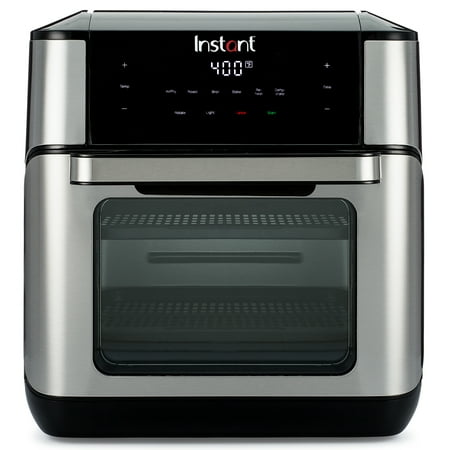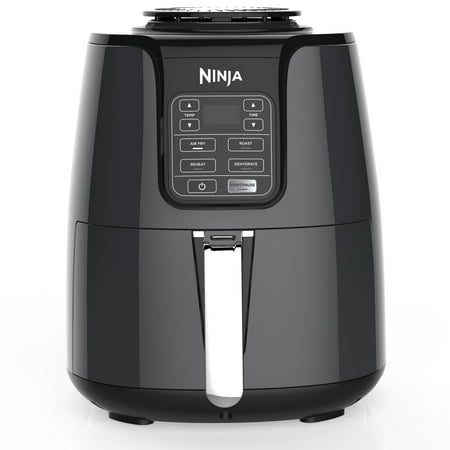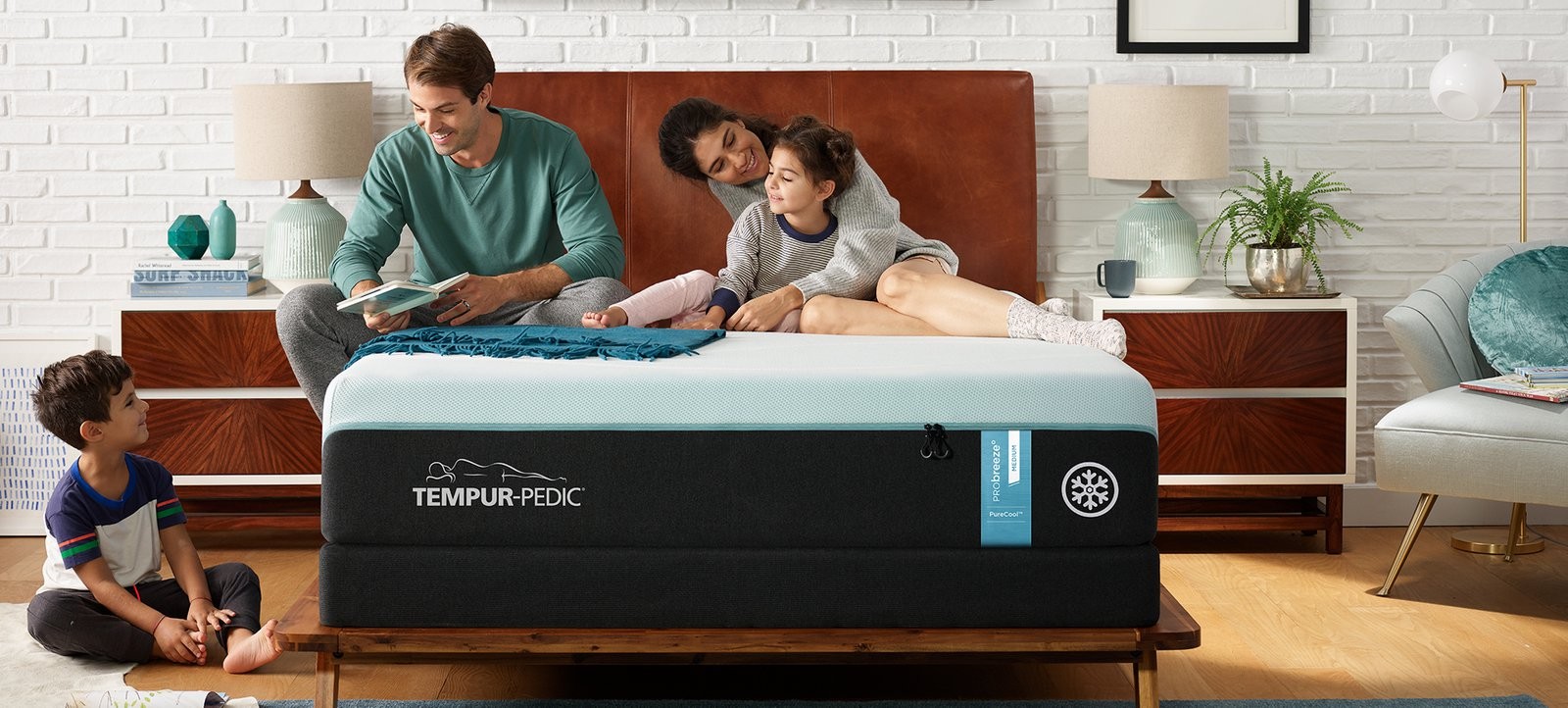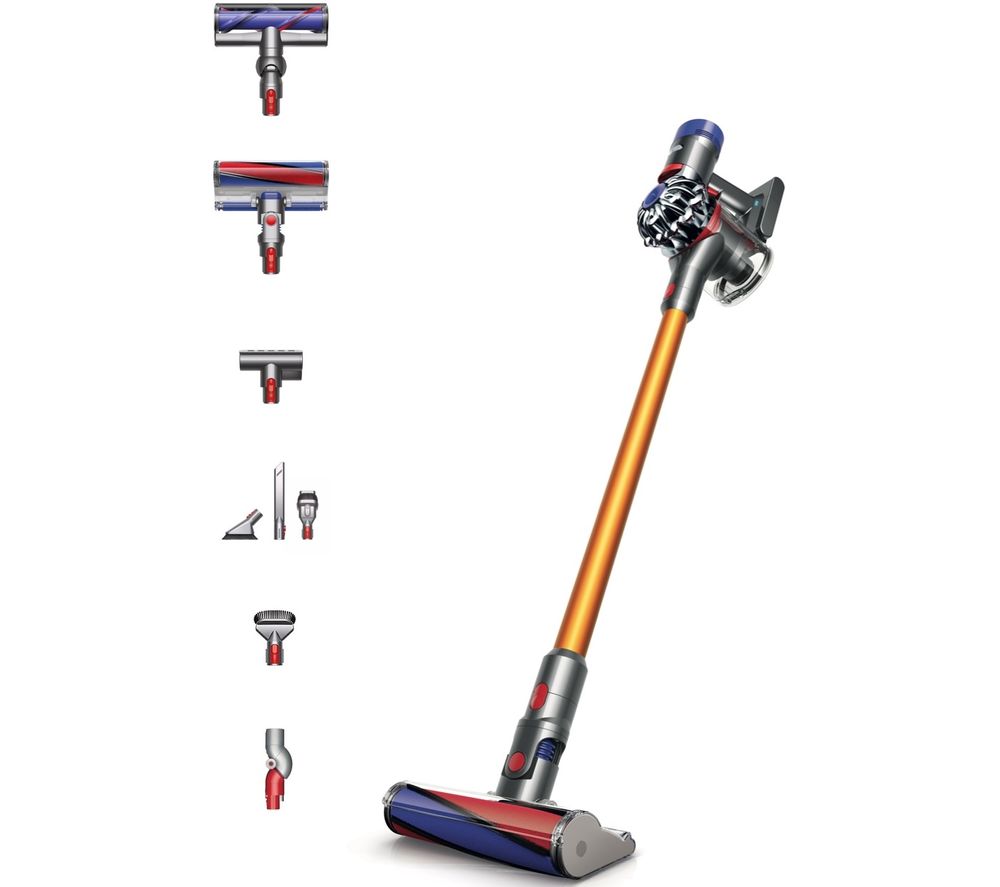Shark Anti Hair Wrap Cordless Pet Vacuum Cleaner
Running time from 16 minutes to 40 mins, depending on the setting used. Low battery indicator. Number of batteries in pack: 1. Detachable handheld included. Power boost – clean with increased power. HEPA filter – traps small particles and pet dander, making it excellent for allergy sufferers.
Versatile TruePet cordless vacuum cleaner. Up to 40 minutes run-time. DuoClean floorhead glides from carpets to hard floors. Anti Hair Wrap Technology actively removes hair from the brush-roll. Flexible wand bends to reach under furniture & charge anywhere. Transforms into cordless handheld vacuum. Pet tool removes embedded hair.
Up to 40 minutes run-time* – Removable, rechargeable Lithium Ion battery can be charged wherever suits you. *When used in extended run-time mode, with non-motorised tool.
Anti Hair Wrap Technology – Unique bristle-guard actively removes hair from the bristle brush-roll as you clean, helping to keep it tangle-free. Glide from carpets to hard floors with DuoClean’s double brush-roll design.
Reach, charge & store anywhere – Unique Flexology wand bends so you don’t have to. With one click, easily clean under low-lying furniture. Fold for compact, freestanding storage. Charge wherever suits you.
Perfect for pet owners – Transforms into cordless handheld vacuum cleaner, perfect for stairs & soft furnishings. Pet tool removes embedded hair. Features Anti-Allergen Complete Seal. Signature LED headlights.
Floor suitability:
- Suitable for carpets and rugs.
- Suitable for deep pile carpet and rugs.
- Suitable for wool carpet.
- Suitable for hard floors.
- Suitable for laminate flooring.
- Suitable for upholstery.
- Suitable for stairs.
Vacuum cleaner features:
- Weight 4.1kg.
- Size H118, W26, D24.5cm.
- Charge time: 3.5 hours to fully charge.
- Running time from 16 minutes to 40 mins, depending on the setting used.
- Low battery indicator.
- Number of batteries in pack: 1.
- Detachable handheld included.
- Power boost – clean with increased power.
- HEPA filter – traps small particles and pet dander, making it excellent for allergy sufferers.
- Washable filter – wash regularly to maintain suction.
- Motorised floor head – drives bristles in to carpet to remove ground in dirt.
- Adjustable floorhead – switch between carpet and hard floor at the touch of a button.
- Pet tool included.
- Includes crevice nozzle, upholstery nozzle, dusting brush, turbo brush and combination floor nozzle.
- Dust capacity 0.4 litre.
- 25.2 volts.
- Noise level: 80dB.
General information:
- Model number: IZ201UKT.
- Manufacturer’s 5 year (2 year on batteries) guarantee.
- EAN: 622356231220.
Additional information
| Weight | 4.1kg |
|---|---|
| Warranty | 5 Year Guarantee |






by Blakey
Had dysons for years but was fed up with dragging hair out of the roller. This is fantastic, great cleaning and no messy rollers
by Beth
Wish I’d bought this vacuum years ago ! Previously had a hetty which I thought was good but this is so easy to use. Just plug in anywhere & when charged your good to go. Pick up is amazing. Only slight downsize might be a bit heavy for some people. Other than that , no negatives.
by Lauren
I was nervous buying this when my Dyson v6 broke. I ideally would have wanted a new Dyson but they were just too pricey. I spent ages researching this product and honestly came across some really good reviews. I was pleasantly surprised and actually really like this hoover! It hoovers up absolutely fine and just as powerful as my Dyson. Battery lasts a while! Fully recommend!
by Kitty
This is the best cordless I have ever had. Does exactly what it says on the can. My carpets and floors have never looked so pristine. Could not live without it.
by Stephen
Works very well, light,, easy to use. Comes with very useful attachments.
by Liblass
Have never went cordless with my purchased hoovers before, it’s great so much easier.
by Sharn
I love this hoover, so glad I bought it.. Would definitely recommend to friends and family.. The lights are a great added touch and handy for dark corners, my favourite new toy!!
by Leeann
I love it. It’s one for the best hovers I’ve used… Easy to charge (the battery comes off), to empty, to use the gadgets and to hover the stairs. It bends over to store when not in use. It also has wooden floor and carpet settings plus extra power setting. Only had it about 3 weeks but it works great. I know I’ve left things off but it has a lot of good features
by Tabatha
Brilliant hoover easy to use and light.
by Ross
Top product with good sucking power, great attachments.. all rounder this product.